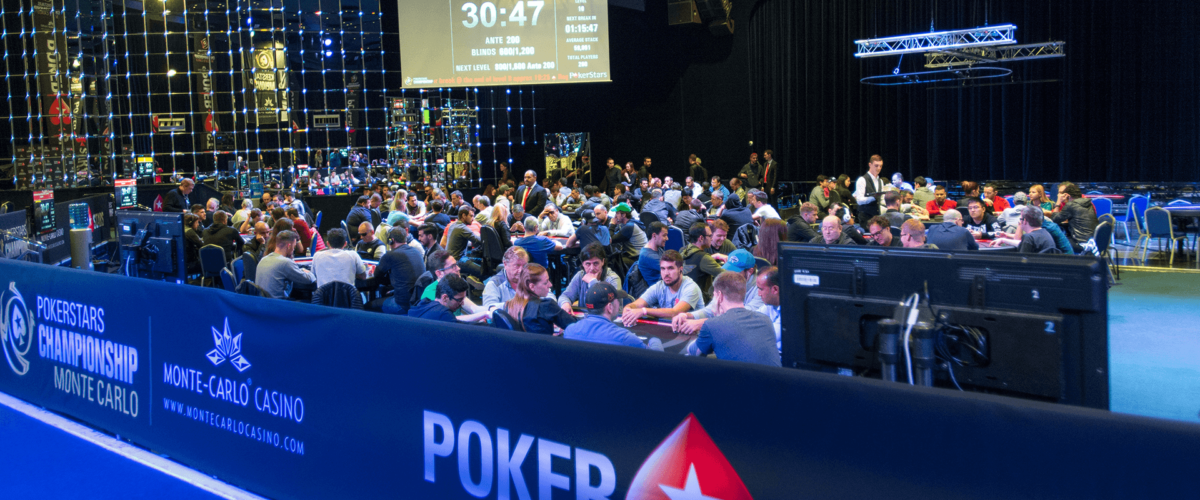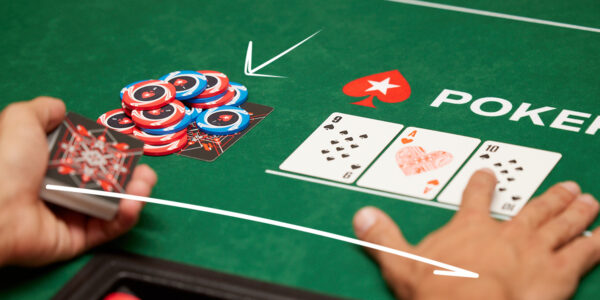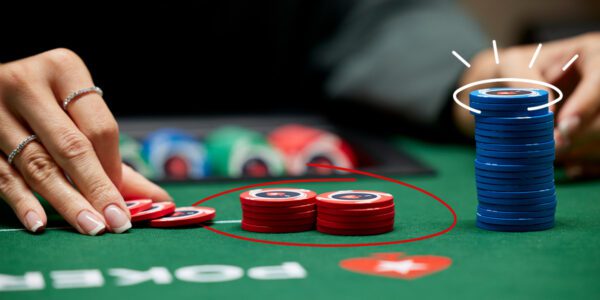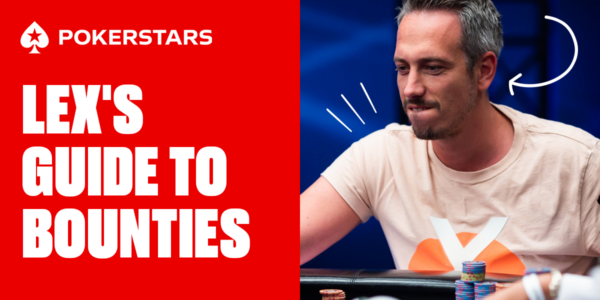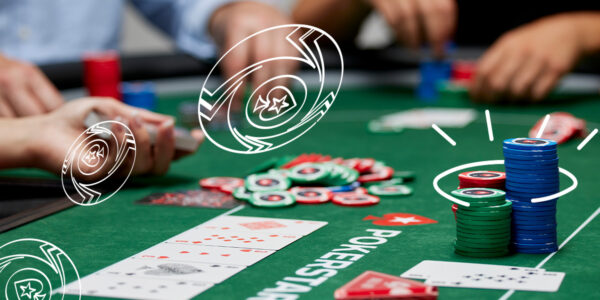5 Tips to Win Poker Tournaments
I was recently asked to write an article for the school discussing 5 tips to winning poker tournaments, centred on the following 5 concepts. They all are very relevant to long term tournament poker success and somewhat inter-related as well. So without further ado, let’s get on with it.
Pay Attention to Stack Sizes
This is something that is mostly overlooked by novice players, but it’s crucial to your strategy when deciding to enter a pot. How deep are the stacks behind you? If there are 3 players with 10-20bb, and you are considering opening, are you going to call or fold should one of them shove? Does the big blind player have 7bb left? If you open raise and they go all in, you will be priced in to call. If your hand isn’t worthy of playing for their last 7bb then think twice before opening. Sometimes a spot that would normally be a steal isn’t one with those shorter stacks behind you. Likewise, are the stacks behind you deep? Increasing your open raise sizing vs. deeper stacks may be in order. All of these nuances are missed if you’re not paying attention to stack sizes.
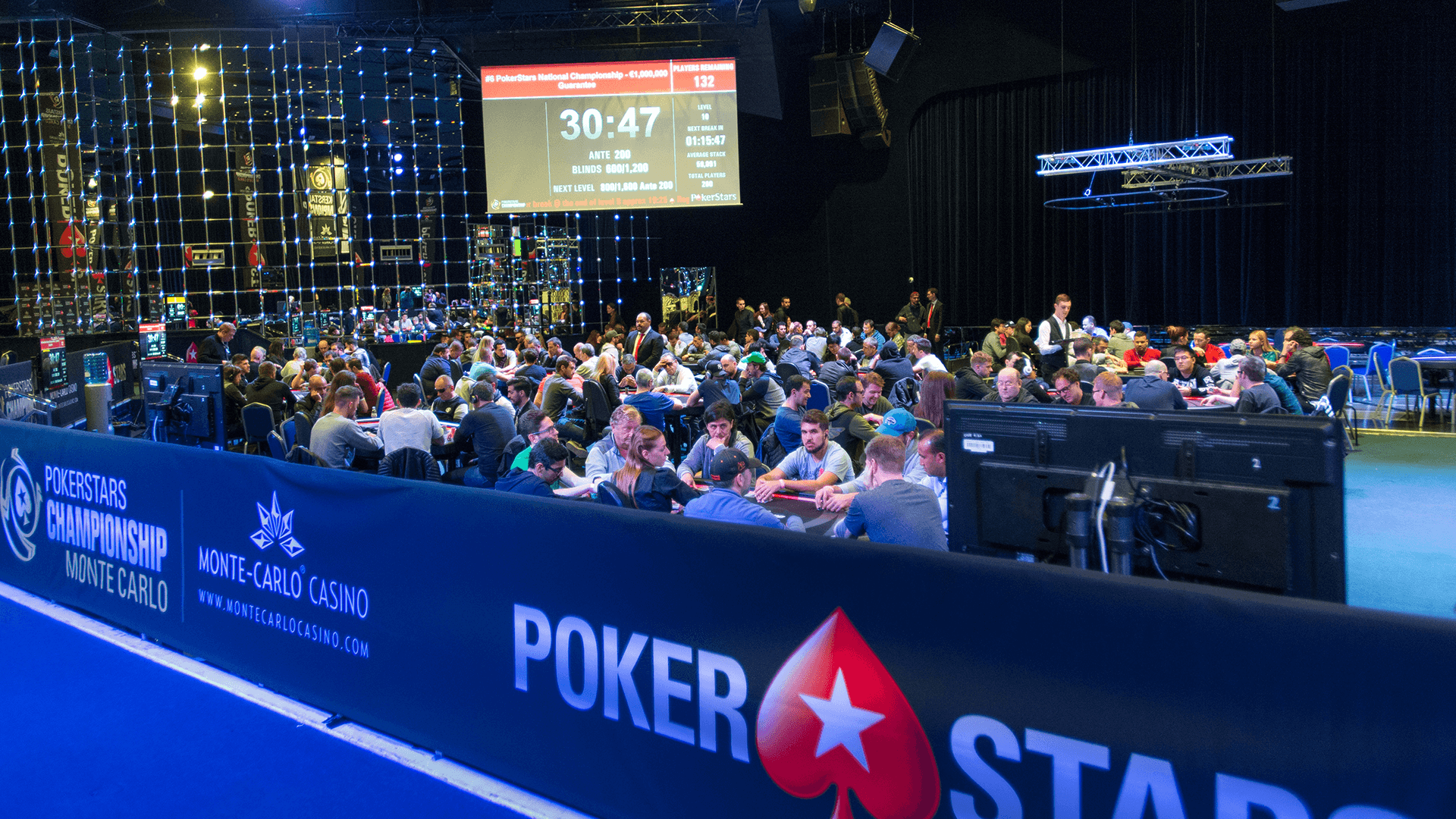

Learn How to Pot Control
The general idea behind pot controlling is keeping the pot small to where you will be able to get your hand to showdown without having to put most or all of your stack in the middle. Actions that build a pot are betting and raising. Actions that keep it small are checking or calling. So we can keep the pot small relative to the stacks by checking behind opponents when in position (allowing a betting round to go away with no money going in the pot) or check/calling when out of position. A couple of key considerations in conjunction with the idea of pot controlling:
How many streets of value is your hand worth? The nuts is worth 3 streets plus raises. 2nd pair may be worth only 1 street. If your hand strength doesn’t warrant 3 streets of value, don’t look to play a big pot with it.
How high is the stack to pot ratio? This is the size of the current pot, to the remaining effective (shortest) stack. If there is 100 in the pot and 100 left to bet, “pot control” isn’t even a consideration as the pot is already out of control relative to the remaining stacks, and any betting action is putting most, if not all, of the chips in.
Maximize on Your Fold Equity
Fold equity is the value we gain when other players fold. When you are the aggressor, you can win the pot in two ways, either by everyone else folding or by showing down the best hand. When you are calling, you must show down the best hand to win. While there are certain situations where calling yields the most value, if you are never playing aggressively without very big hands you are undoubtedly not benefiting from fold equity. When our opponents fold, we win the pot and increase our stack size with no risk of going broke. The value of this in tournament poker can’t be understated.
Avoid Risk and Big Pots
It’s important first to define “big pot”. A big pot is one that is big relative to the stacks. The biggest pot is an all-in-one. So we are not talking about short stack situations here, we are talking about deeper stack situation.The deeper the stacks, generally, the stronger a hand you need to be willing to play for all the chips. If you have TT and 15 big blinds, you’re quite happy to take the risk of playing for all of it. If you have 500 big blinds, however, playing for all of them preflop with tens is sheer folly as it represents a huge risk with a hand strength that doesn’t warrant it, and any sane opponent willing to play for that much will have a better hand than TT. That doesn’t mean we would fold TT preflop on 500BB stacks, but rather we will stop raising and see some flops with it to mitigate our risk and keep the pot size commensurate with our hand strength. There are times in tournaments we must take risks, and play big pots, but it’s important to do this discriminately. Think of your risk in terms of a risk vs reward ratio. Our risks should be calculated ones that yield a good risk/reward ratio (and perhaps leverage fold equity as discussed in the last bullet point, to further enhance the reward side of the equation).
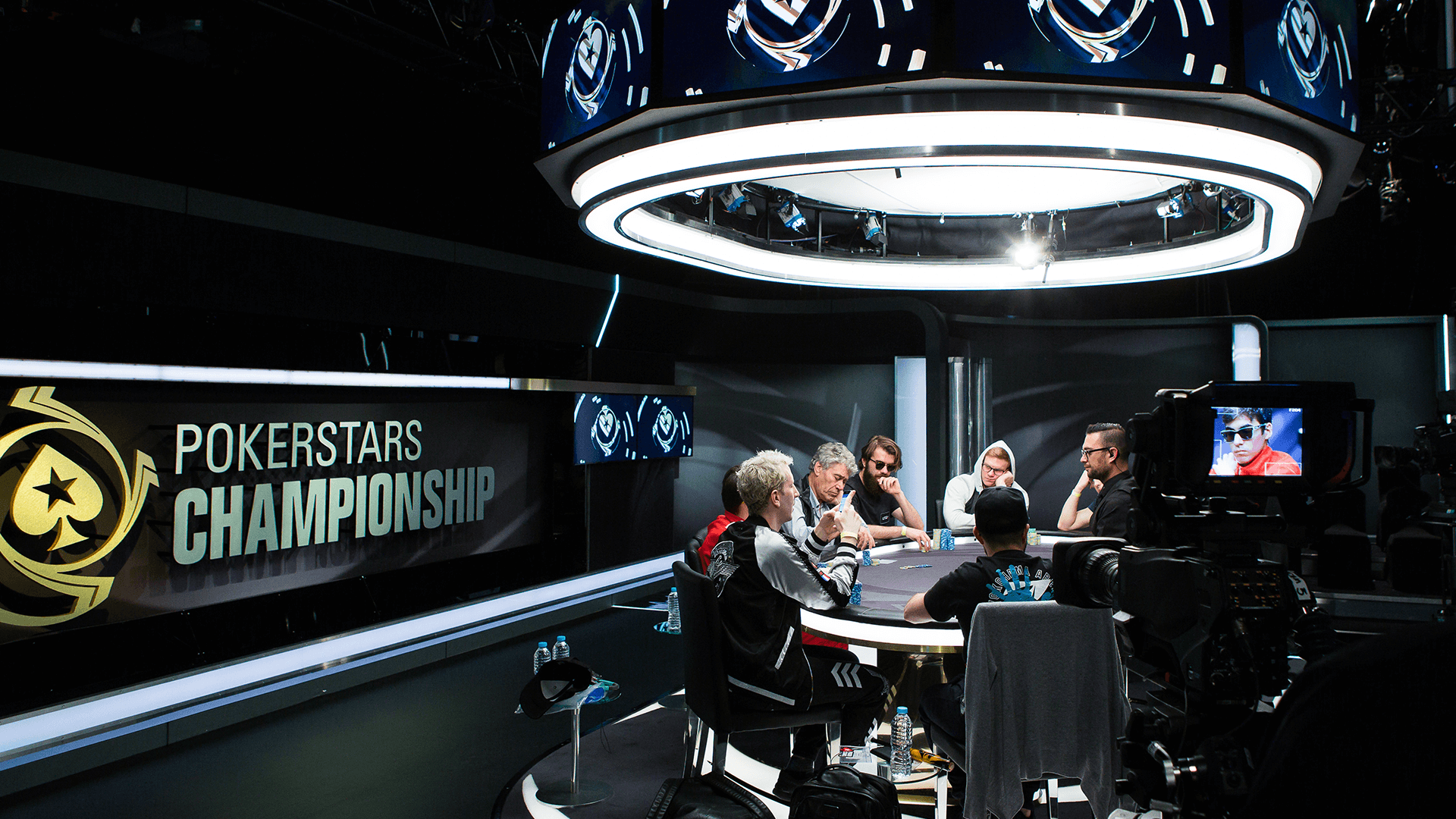

Accepting Good and Bad Variance
Variance and luck in poker happen; we all receive both good and bad samples of it. The tricky part is, as human beings we have a tendency to discard the good variance as “supposed” to happen, and emotionally tie ourselves to the bad variance. Just as a basic example take AA vs KK getting all in preflop. Sometimes we will be the AA, sometimes we will be the KK. Sometimes the K comes, sometimes it doesn’t. Over time we will be on all sides of this scenario. The key to accepting this is to emotionally detach from it. Try to maintain an emotional balance, not getting too excited when we’re the AA and hold up, or the KK that hits, nor too upset when we are the KK that runs into AA and doesn’t help, or the AA that gets cracked. Accept the truth that you will be in all corners of that scenario over time, and have no control over the end result of an individual trial. It will help you keep your focus on making the best decisions you possibly can.
Successful tournament poker requires a wide array of skills. Things, like paying attention to stack sizes, learning when and how to pot control, maximizing fold equity, and evaluating risk vs reward ratios, are integral parts of a strong tournament player’s repertoire. And those who can’t learn to accept good and bad variance is part of the game on all levels (individual hands, events, and long term over many events) will undoubtedly crumble to their own emotional turmoil.


